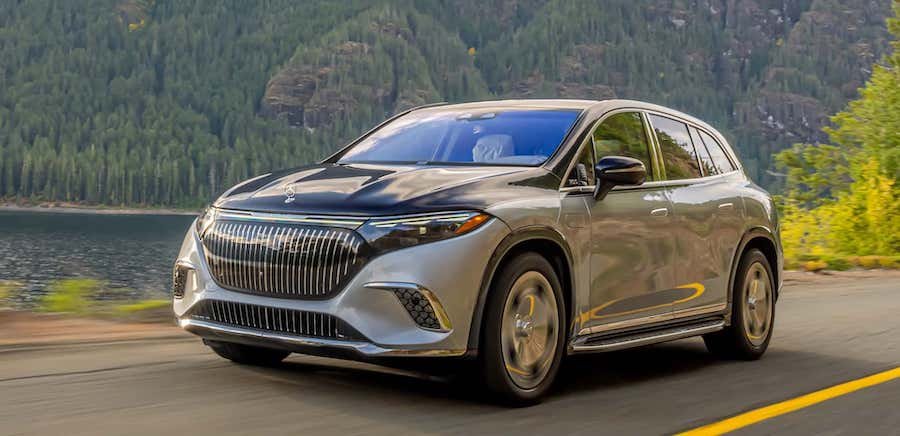Mercedes Admits It Was Too Enthusiastic About Electrification Goals

Please raise your hand if you saw this coming. Mercedes admits it got too excited about the transition to electric vehicles. During the press conference related to its 2023 results, the German luxury brand said plug-in hybrid and electric cars are now projected to account for 50 percent of total sales by 2030. It's a five-year delay compared to the original plan. In July 2021, the company estimated PHEVs and full EVs would represent half of the volume by 2025.
Some of you who've been keeping an eye on Mercedes will remember the "Ambition 2039" strategy presented a few years ago. At one point in the lengthy document, there was a sentence that caught the attention of many journalists: "By the end of this decade, Mercedes-Benz Cars aims to be fully electric – where market conditions allow." The statement was somewhat vague but clear enough to highlight the brand's lofty EV goals.
In a new document prepared for investors, Mercedes estimates hybrids and EVs will account for "up to 50 percent" in the latter half of the decade, but also only "where market conditions allow." The company goes on to mention it "will be able to cater to different customer needs until well into the 2030s." That's a clever way of saying it'll keep pumping out cars with combustion engines in the next decade.
Meanwhile, CEO Ola Kallenius admits conventionally powered cars remain the backbone of the company's cash flow. He told Bloomberg Television that cost parity between ICE and EV cars "is many years away." The presentation made for investors showed EV manufacturing costs won't go down to ICE levels this decade. That's despite the fact gasoline cars will become more expensive to produce once the Euro 7 standard comes into effect in a couple of years.
In 2023, combined deliveries of Mercedes PHEVs and EVs reached 401,943 units, up by 20.5 percent compared to the previous year. PHEVs suffered a decline of 12.5 percent to 161,275 units while EVs grew by 61.3 percent to 240,668 units. The share of PHEVs and EVs in the total volume was 19.7 percent (up from 16.3 percent in 2022). The target this year is for PHEVs and EVs to account for anywhere between 19 to 21 percent of total volume.
Looking ahead, the MMA platform developed with EVs in mind but with support for combustion engines will underpin at least four models confirmed in the product roadmap: CLA, CLA Shooting Brake, and GLB. The already teased "Little G" serving as a kid brother to the iconic G-Class is also expected to utilize this architecture when it arrives in the second half of the decade.
The pure electric models will have as much as 750 kilometers (466 miles) of range in the WLTP cycle and support for 300-kW charging. It'll take 15 minutes to juice up the battery for 400 kilometers (249 miles) of range. Mercedes also promises bidirectional charging. Depending on the version and model, output will vary from 201 to 536 horsepower.
Verwandte Nachrichten
